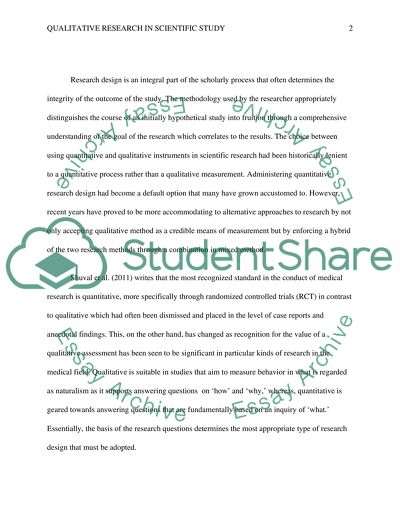Cite this document
(“Qualitative versus Quantitative Research Paper Example | Topics and Well Written Essays - 1750 words”, n.d.)
Qualitative versus Quantitative Research Paper Example | Topics and Well Written Essays - 1750 words. Retrieved from https://studentshare.org/psychology/1478763-qualitative-versus-quantitative-research
Qualitative versus Quantitative Research Paper Example | Topics and Well Written Essays - 1750 words. Retrieved from https://studentshare.org/psychology/1478763-qualitative-versus-quantitative-research
(Qualitative Versus Quantitative Research Paper Example | Topics and Well Written Essays - 1750 Words)
Qualitative Versus Quantitative Research Paper Example | Topics and Well Written Essays - 1750 Words. https://studentshare.org/psychology/1478763-qualitative-versus-quantitative-research.
Qualitative Versus Quantitative Research Paper Example | Topics and Well Written Essays - 1750 Words. https://studentshare.org/psychology/1478763-qualitative-versus-quantitative-research.
“Qualitative Versus Quantitative Research Paper Example | Topics and Well Written Essays - 1750 Words”, n.d. https://studentshare.org/psychology/1478763-qualitative-versus-quantitative-research.


